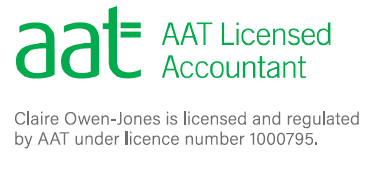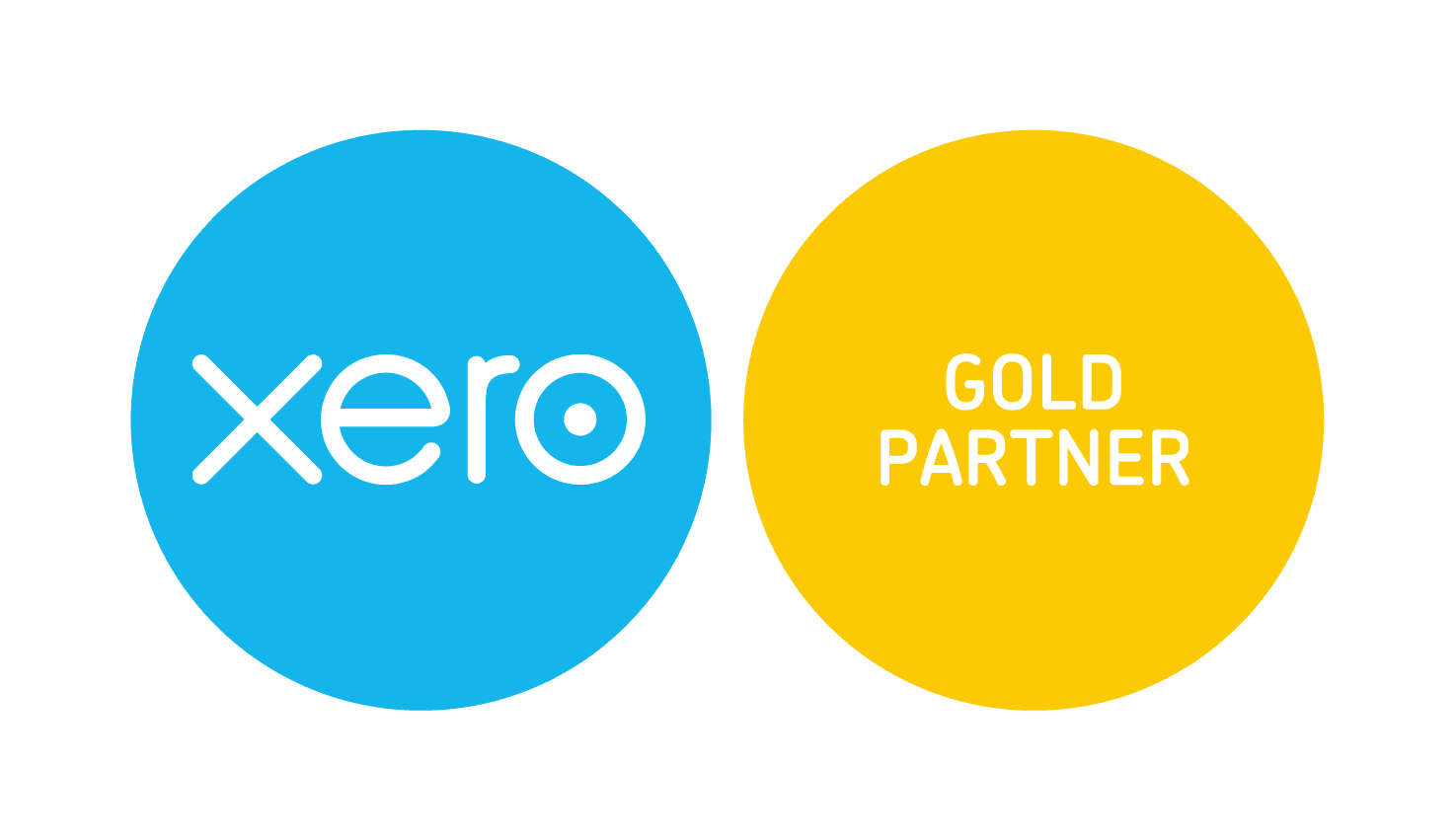Starting your own business is exciting. You may be doing it for the thrill of stepping into the unknown and seeing where your dream can take you. Or maybe it’s about being your own boss and setting hours to suit your lifestyle.
Whatever the reason, all new business owners have one question in common:
“How should I price for my services?”
It’s a question we’re all faced with and it can be increasingly difficult if you have no fixed list of services or know how long a job is going to take.
However, when it comes to setting your prices, there are three main options when setting your rates.
Charging by the hour or day
Some freelancers like to have an hour or a day rate which they then pass onto their clients.
Choosing this method involves a little bit of maths to begin with, as your hourly rate will need to provide you with a decent income as well as cover your business expenses and tax bill. But once this has been done, you simply charge your clients for your time at this set rate.
What are the pros of charging by the hour?
The main pro of charging by the hour is that the risk is with your clients.
You know you will be fully reimbursed for all the time spent working on a project.
This means that if a job overruns due to it being more complicated than expected or if a client requests several amendments or additional tasks, they will be charged for the additional time spent.
What are the cons of charging by the hour?
Whilst the idea of being paid for every hour worked it an attractive option, there are a few negatives to charging by the hour.
These are:
You only earn when you’re working on a project.
So, when you are networking, doing admin, off sick or taking a holiday, you stop getting paid.
Your clients may have a preconceived idea of how long a job will take
We’ve all been asked to do those “it’ll only take you 10 minutes” jobs. The problem with charging by the hour is that the client can calculate a price in their head based upon the time they believe a job will take, so you may be forced to explain yourself of write off time if the reality differs.
If you finish a job quickly, you’ll earn less
Charging by the hour doesn’t reward efficiency but it also doesn’t compensate you for the times when you design or write something unusually quickly. On those occasions the client bags a bargain and you are having to find additional work.
It’s hard to make more without increasing your prices
When you charge by the hour, the only two ways to earn more money is to work more or increase your prices. Neither being a particularly enticing option.
Setting fixed fees
For a lot of freelancers, setting a fixed fee means packaging up your services and selling these at an agreed price to your clients.
The basis of these packages is usually still time, but you will also need to know what your clients will typically ask for so you can factor in onboarding, initial meetings, amendments and so on into your packages.
What are the pros of using fixed fee pricing?
Unlike charging by the hour, using fixed fee pricing pushes the risk away from the client and back to yourself.
There are, however, a few advantages for doing this.
Your client knows from the start how much work will cost
Not many people like uncertainty, so being clear on your costs upfront will enable your clients to budget for your services and remove the opportunity the quibble on your invoice.
You’ll make the same money if you do the job faster
If you stumble upon some inspiration and design a logo in record breaking time it doesn’t matter as you will still get paid the full amount rather than ending up selling your skills for a fraction of their value.
It encourages efficiency within your business
Clients rarely care how you’ve done something, so if you discover ways of doing something quicker, having a fixed rate means you’ll earn more money for being efficient.
What are the cons of fixed fee pricing?
The main negative of fixed pricing is that the risk is now with you and this can show itself in these ways:
Changes to the project, or ‘Scope creep’, cut into your profits
If you find yourself with a client who likes daily catch-up calls or requires lots of amendments, then you will be unable to charge for this additional time. It can also be tempting to do those small additional jobs for free rather than face producing an additional quote.
Jobs may be undervalued
You may not know that a job has been under priced until it’s too late and you’ll be unable to change the agreed fee.
It’s harder to increase your prices for urgent, quick turnarounds
If you are advertising your services for a fixed fee on your marketing materials or website, potential clients may expect to pay that rate regardless of their deadline demands.
Using Value Pricing
Value pricing is often the hardest method of pricing to apply as it involves moving away from time-based calculations and deciding on a rate that matches what you believe the job to be worth to the client.
This means taking the time to get to know your potential client and pricing every job on an individual basis.
What are the pros of valuing pricing?
Value pricing is often very popular amongst those industry gurus who tell us that we should all be charging more.
So, why should we listen to them?
You can adjust the price to match the size and budget of the clients
Without those pre-decided packages on your website, you are now free to price your clients on a job by job basis. This means you have the freedom to charge more to those larger clients with bigger budgets if you wish.
You can charge extra for last minute or quick turnarounds
If a client has a tight deadline then you can charge them more in return for your immediate attention.
It means you can create more custom jobs
Value pricing means you can create a custom bespoke proposal for every client with every element tailored and priced to fit what the client values.
What are the cons of value pricing?
With value pricing typically focusing on higher prices and custom proposals it should come as little surprise that the negatives are:
Pricing the job takes longer
You need to take the time to listen and understand your potential client before you can quote for the job. This means that there will be a higher initial time investment from both yourself and the client.
Conversion rates may be lower
If your potential clients are not aware of how much you charge, you may find that you encounter more leads that fall away once you have prepared the proposal as you are out of their budget or simply more expensive than expected.
How should I choose what is the right pricing method for me?
You may find that your industry tends to price in a certain way or that you naturally lean to the pricing method of previous employers or competitors.
There will be some of you who wouldn’t dream of quoting in any other way than value pricing. But there will also be some of you who believe that your clients will only pay an hourly rate.
One of the advantages of running your own business is that you can test and change your pricing, so there is no right or wrong answer.
If you are completely stumped with pricing, then the easiest way to get started is to price per hour. This will enable you to get a feel for how long jobs typically take you and your clients will reimburse you any extra time you take, something that could be particularly useful if you are learning new skills along the way.
Either way, it is worth keeping a track of your profitability per job so you can adjust your pricing if things start getting a bit tight.







